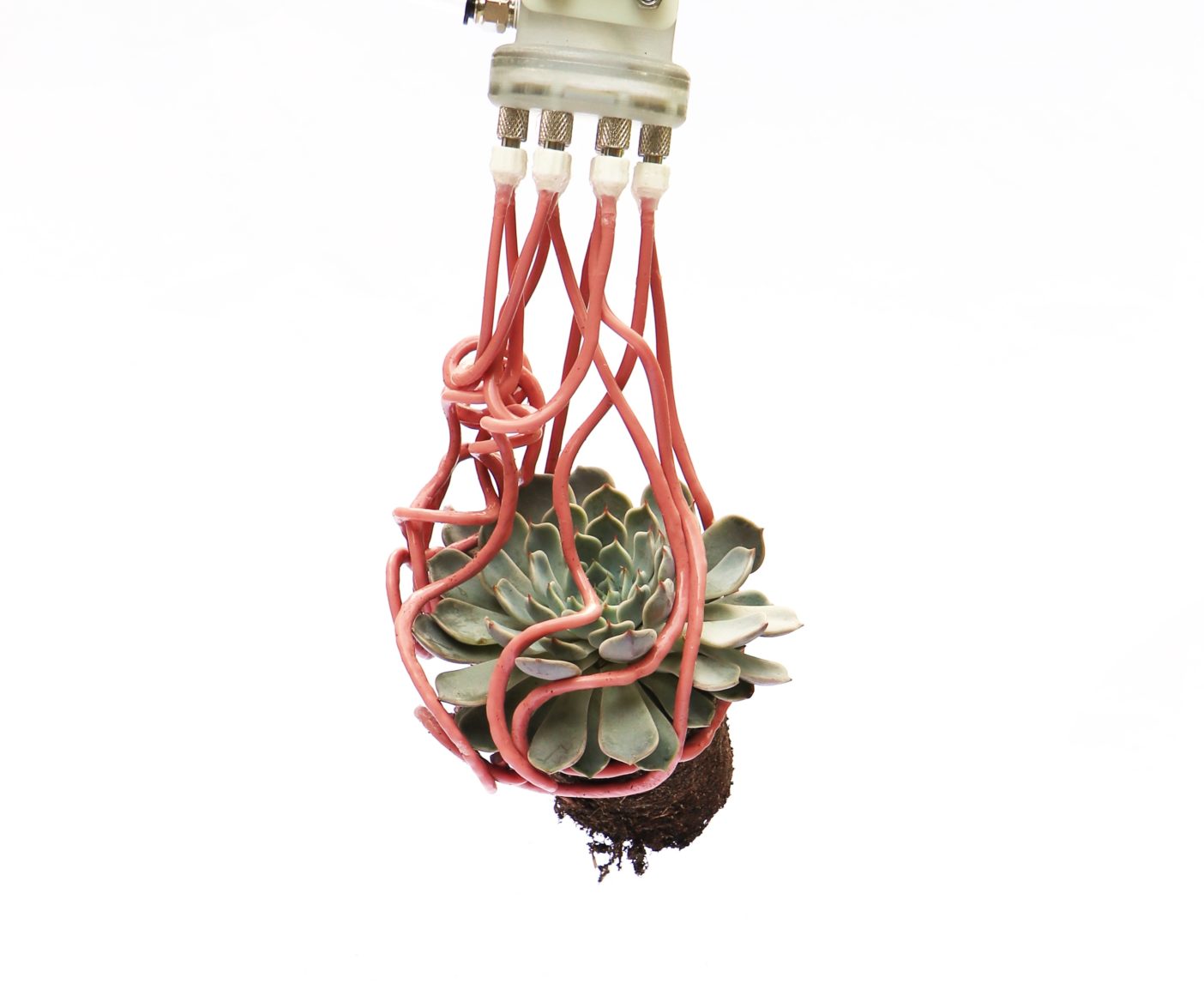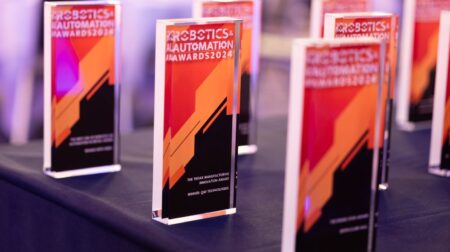Researchers from Harvard University’s John A. Paulson School of Engineering and Applied Sciences (SEAS) have demonstrated what they claim is a new type of soft robotic gripper, which takes its inspiration from jellyfish.
The soft robotic gripper uses rubber ‘tentacles’, made from hollow rubber tubing, to entangle and grip objects in a manner similar to how jellyfish collect stunned prey.
According to the researchers, the gripper users inflation to wrap around objects and does not require sensing, planning or feedback control.
The research was published in the peer-reviewed journal Proceedings of the National Academy of Sciences (PNAS).
“With this research, we wanted to reimagine how we interact with objects,” said Kaitlyn Becker, former graduate student and postdoctoral fellow at SEAS, assistant professor of mechanical engineering at MIT and first author of the paper.
“By taking advantage of the natural compliance of soft robotics and enhancing it with a compliant structure, we designed a gripper that is greater than the sum of its parts and a grasping strategy that can adapt to a range of complex objects with minimal planning and perception.”

The gripper’s strength and adaptability reportedly come from its ‘entangling’ functionality as it tries to grasp an object.
What’s more, one side of the tubing is designed with thicker rubber that curls when pressurised; these curls should then entangle with both themselves and the item they are picking up. Members of the development team have said that, with each entanglement, the robot increases the strength of its grip.
The soft grip solution was designed so that, while the collective hold is strong, each contact is individually weak and won’t cause damage to fragile objects.
If the user wants to release the item, they can depressurise the tubes.
The research team claims to have used a range of experiments to test how well the gripper works, with it picking up a variety of items, including houseplants and toys. Some of the real-world uses the team have suggested include soft fruit and vegetable production or delicate tissue applications in medical environments.
“This new approach to robotic grasping complements existing solutions by replacing simple, traditional grippers that require complex control strategies with extremely compliant, and morphologically complex filaments that can operate with very simple control,” said Wood, the Harry Lewis and Marlyn McGrath professor of engineering and applied sciences and one author of the paper.
“This approach expands the range of what’s possible to pick up with robotic grippers.”







